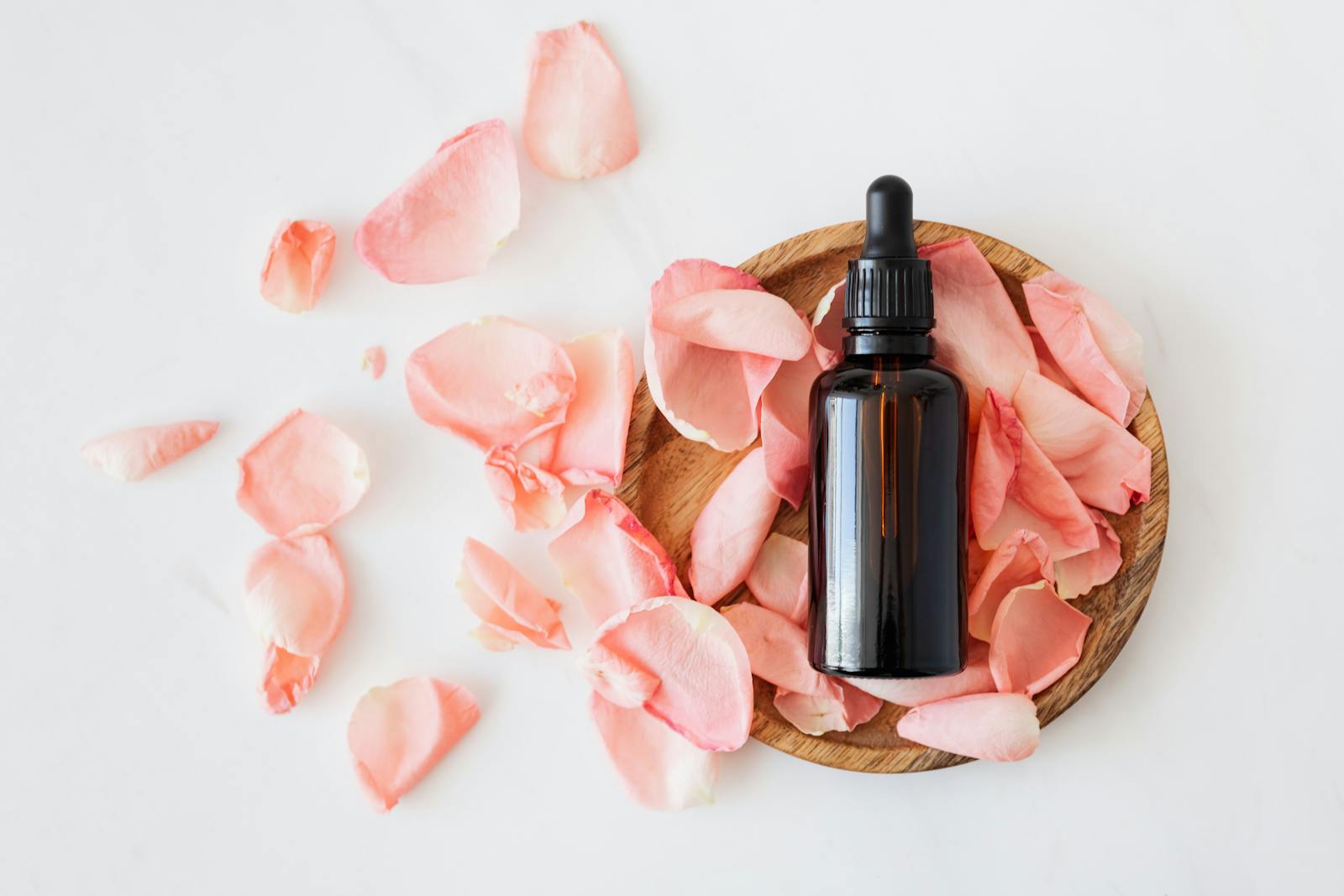When the seasons change, our skin notices long before our wardrobe does. That tight, flaky feeling in winter or the greasy shine of a humid summer day is your skin’s way of asking for help. Much like we change clothes to stay comfortable throughout the year, our skincare routines deserve the same thoughtful adjustment. While it’s easy to overlook, seasonal transitions can dramatically affect your skin’s texture, hydration levels, and sensitivity. Learning how to transition your skincare routine to suit the seasons isn’t just smart—it’s essential for maintaining healthy, balanced skin year-round.
This guide explores how seasonal shifts affect your skin and offers practical, dermatologist-backed strategies to adapt your skincare routine with each passing season.
Why Seasonal Skincare Transitions Matter
Our skin is our largest organ, and it acts as a barrier to external factors—temperature, humidity, UV rays, and pollutants. Each season presents unique environmental challenges that can stress the skin in different ways:
Winter brings cold air, harsh winds, and indoor heating, which strip skin of its natural moisture.
Spring often introduces allergens, fluctuating temperatures, and increased UV exposure.
Summer ups the humidity and sun intensity, often increasing oil production and risk of sun damage.
Autumn can dry the skin as temperatures cool, preparing the body for the drying effects of winter.
Adapting your skincare accordingly prevents breakouts, flakiness, irritation, and premature aging.
Winter: Hydration Is Everything
Winter is the harshest season for your skin, especially in colder climates. Low humidity, biting winds, and indoor heating lead to dehydration, redness, and increased sensitivity. Here’s how to protect and nourish your skin during this time:
Switch to a gentle cleanser. Foaming or gel-based cleansers that work well in summer might be too stripping in winter. Look for cream or oil-based cleansers that maintain the skin’s lipid barrier.
Upgrade your moisturizer. Swap lightweight lotions for richer creams with ingredients like ceramides, squalane, or hyaluronic acid. These help lock in moisture and repair the skin barrier.
Incorporate facial oils. If your skin feels tight even after moisturizing, add a few drops of nourishing oil like rosehip, jojoba, or argan oil.
Don’t skip sunscreen. While UVB rays decrease in winter, UVA rays (responsible for aging) are still present. A daily SPF of 30+ remains essential.
Limit exfoliation. Cut back on strong acids or physical scrubs. Instead, use mild exfoliants like lactic acid once a week to prevent buildup without irritating sensitive skin.
Spring: Detox and Rebalance
Spring is a time of renewal—for nature and your skin. Warmer air and higher humidity mean your skin begins to produce more oil again. Pollen and airborne allergens can also trigger breakouts or sensitivity.
Reintroduce exfoliation. Gentle exfoliation 2–3 times a week helps slough off dry winter skin and reduce clogged pores.
Lighten your moisturizer. If your skin starts to feel heavy or greasy, switch from rich creams to lighter hydrating gels or emulsions. Look for formulas with niacinamide or green tea for anti-inflammatory benefits.
Protect against allergens. If your skin reacts to seasonal allergies, use barrier-repairing serums and calming ingredients like chamomile or calendula.
Focus on antioxidants. Spring brings more sun exposure. Antioxidants like vitamin C or E in your morning routine help neutralize free radical damage and boost SPF effectiveness.
Clean out your shelf. Spring is a good time to toss expired products and reassess what your skin currently needs. Your routine should reflect both the season and your skin’s condition.
Summer: Prioritize Protection and Oil Control
Summer skincare is all about managing excess oil, preventing sun damage, and avoiding clogged pores from sweat and sunscreen buildup. Even though skin might appear plump due to humidity, it’s at risk of dehydration beneath the surface.
Use a lightweight, non-comedogenic sunscreen. A broad-spectrum SPF 30 or higher is non-negotiable. Gel or water-based sunscreens with a matte finish can help control shine without clogging pores.
Switch to a gel-based moisturizer. These formulas provide hydration without adding extra oil. Look for ingredients like glycerin, aloe vera, and panthenol.
Double cleanse at night. If you’re wearing sunscreen and sweating more, consider using an oil cleanser followed by a gentle foaming cleanser to remove buildup.
Control excess oil. Use clay masks once or twice a week to absorb oil and minimize pores. Ingredients like salicylic acid can also help regulate sebum production.
Stay hydrated. Don’t underestimate the power of internal hydration. Drinking water supports your skin from the inside out, especially when you’re losing fluids through sweat.
Autumn: Repair and Prepare
As summer fades, autumn is your window to repair sun damage and prep for colder months. The drop in humidity starts to reduce natural oil production, so hydration should start increasing again.
Restore with serums. Focus on repairing ingredients like peptides, niacinamide, and retinol (if your skin tolerates it). This is the perfect time to address summer-induced pigmentation or fine lines.
Introduce richer moisturizers gradually. You don’t need to jump back into winter creams yet, but start layering hydrating serums with slightly thicker moisturizers.
Consider chemical exfoliants. Autumn is a great time for glycolic acid or lactic acid products, which can brighten post-summer dullness. Just be cautious and start slowly.
Moisturize your body. As the air dries, body skin often becomes flaky. Incorporate nourishing body lotions with shea butter or ceramides post-shower.
Reevaluate your cleanser. As the season dries out, you might find that your summer cleanser feels too harsh. Opt for one that is low pH and gentle on the skin barrier.
Skincare by Skin Type Through the Seasons
Not all skin reacts the same way to seasonal changes. Here’s how to tailor seasonal skincare even more precisely:
Oily Skin: You may find summer to be especially challenging. Use oil-free moisturizers and blotting techniques, but don’t skip hydration, especially in winter.
Dry Skin: Richer creams and occlusives like petroleum jelly in winter can help, while light layers work best in spring and fall.
Combination Skin: You’ll need to adjust products in different areas—maybe a gel for your T-zone and a cream for your cheeks.
Sensitive Skin: Choose fragrance-free products year-round and watch for allergens in spring. Introduce seasonal changes slowly to prevent flare-ups.
Practical Tips for a Seamless Transition
Change one product at a time. Avoid switching your entire routine overnight. Gradual changes allow you to monitor your skin’s response.
Listen to your skin. If something feels off—dryness, breakouts, or irritation—it’s likely time to adjust.
Patch test new products. Especially during transitional seasons when skin can be more reactive.
Don’t overcomplicate. You don’t need a 10-step routine for every season. Simplicity and consistency often yield the best results.











